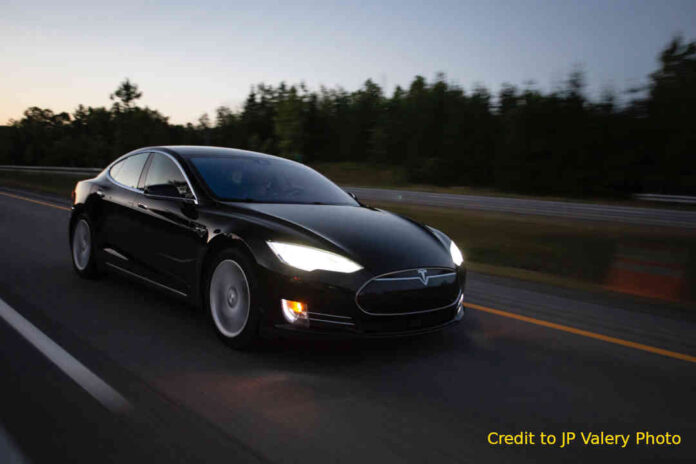
Future mobility a desired driverless cars world
Imagine a world where driverless cars navigate the streets seamlessly, without the need for human drivers.
This may sound like a scene from a science fiction movie, but it’s becoming an increasingly tangible reality with the rise of driverless cars. These autonomous vehicles are set to revolutionize transportation as we know it, promising enhanced safety, efficiency, and convenience.
Driving with the use of advanced tech
At the core of driverless cars are advanced technologies such as artificial intelligence, machine learning, and sensor systems.
These vehicles utilize a combination of cameras, radar, lidar, and GPS to perceive their surroundings, analyze data, and make real-time decisions.
The sophisticated algorithms running behind the scenes enable these cars to navigate roads, anticipate obstacles, and even communicate with each other.
Are driverless cars safer than those with a human driver?
One of the most significant advantages of driverless cars is the potential to drastically reduce traffic accidents. Human error is responsible for the majority of road accidents, whether it’s due to distraction, fatigue, or poor judgment.
By removing human drivers from the equation, driverless cars can eliminate these risks and create a safer driving environment.
With their lightning-fast reaction times and constant awareness, autonomous vehicles can prevent collisions and minimize the impact of human mistakes.
Less car on the streets the biggest challenge
Moreover, driverless cars have the potential to transform urban spaces. As these vehicles communicate with each other, they can optimize traffic flow, reducing congestion and minimizing travel times.
This efficiency can have a profound impact on the environment, as reduced traffic congestion means fewer carbon emissions and improved air quality.
Additionally, the introduction of driverless cars could lead to a decrease in the number of vehicles on the road, as shared autonomous vehicles become more prevalent, further reducing the strain on infrastructure and resources.
The convenience factor of driverless cars cannot be overlooked. Imagine being able to relax, work, or catch up on entertainment during your daily commute instead of being stuck behind the wheel.
Driverless cars have the potential to give individuals back valuable time that would otherwise be wasted in traffic. They could also provide newfound mobility options for those who are unable to drive due to age, disability, or other reasons.
Driverless cars and the challenges for their promoters
Despite the many benefits, the widespread adoption of driverless cars does present challenges. Ethical considerations, cybersecurity risks, and legal frameworks are just a few areas that need to be addressed. Additionally, public acceptance and trust in autonomous technology are crucial for its successful integration into society.
The development and deployment of driverless cars are already well underway, with companies like Tesla, Waymo, and Uber leading the way. Governments and regulatory bodies are also taking steps to create guidelines and regulations to ensure the safe and responsible implementation of autonomous vehicles.
Driverless cars hold the promise of transforming our roads, making them safer, more efficient, and environmentally friendly.
As the technology continues to evolve, it is an exciting time for transportation, and we eagerly anticipate the day when driverless cars become a common sight on our streets, revolutionizing the way we travel and shaping the future of mobility.



